When most people think of evolution, they picture ancient fossils and changes unfolding over millions of years. But evolution is happening right now, all around us—in bustling cities, remote wilds, and controlled laboratories. Scientists worldwide are observing living creatures adapt to new challenges, from environmental pressures to human influence.These real-time changes are not just fascinating; they reveal how adaptation and survival continue to shape life on Earth. Let’s explore 15 compelling examples of evolution in action, reshaping our understanding of the natural world.
1. Antibiotic Resistance in Bacteria
 Clusters of bacteria thrive on a petri dish, some resisting the effects of surrounding antibiotic discs. | Photo by Pixabay on Pexels
Clusters of bacteria thrive on a petri dish, some resisting the effects of surrounding antibiotic discs. | Photo by Pixabay on Pexels
One of the most dramatic examples of evolution in real time is the rise of antibiotic-resistant bacteria. Strains such as MRSA and E. coli have quickly evolved to survive even our most powerful drugs. This resistance develops as bacteria adapt to the selective pressure of antibiotics, making previously treatable infections much harder to control. Hospitals and researchers worldwide closely monitor these evolutionary shifts, which pose a growing threat to public health. For more information, visit the CDC Antibiotic Resistance Threats page.
2. Darwin’s Finches in the Galápagos
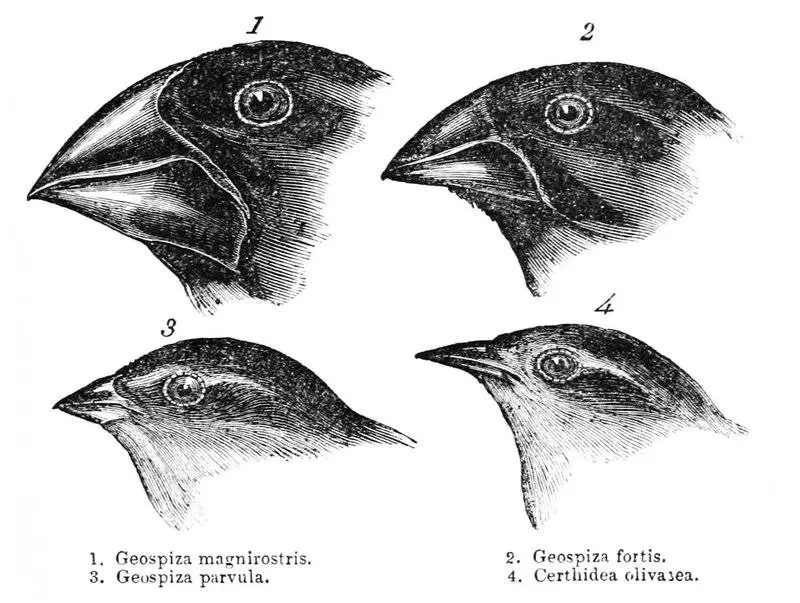
On the Galápagos Islands, Darwin’s finches have become a classic example of evolution observed in action. Researchers have documented noticeable changes in the birds’ beak size and shape over just a few generations, as food sources fluctuate due to climate and environmental changes. This rapid adaptation showcases natural selection at work, right before our eyes. Learn more from Scientific American: Finches’ Beaks Evolve.
3. Pesticide Resistance in Insects
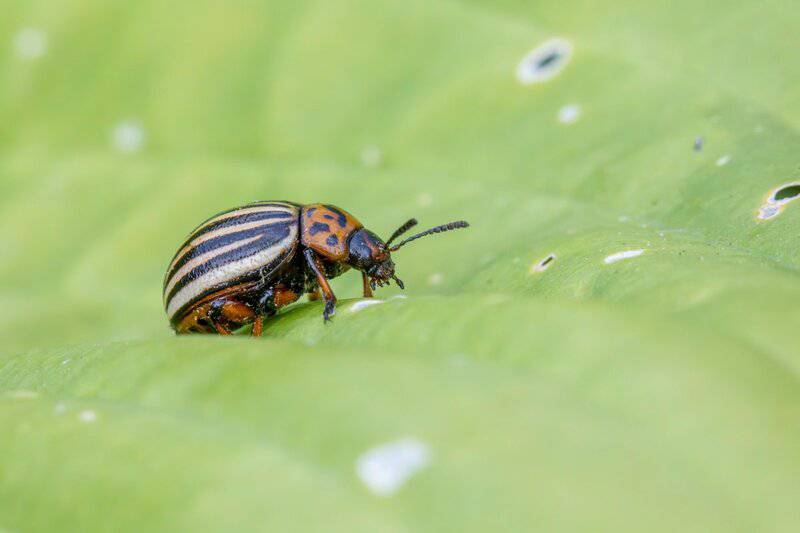
Agricultural pests like the Colorado potato beetle are notorious for evolving resistance to pesticides. Within just a few seasons, farmers can observe entire insect populations changing genetically, rendering familiar chemicals ineffective. This ongoing evolutionary arms race drives the search for new and smarter pest control solutions. To dive deeper, see National Geographic: Pesticide Resistance.
4. Peppered Moth Color Changes
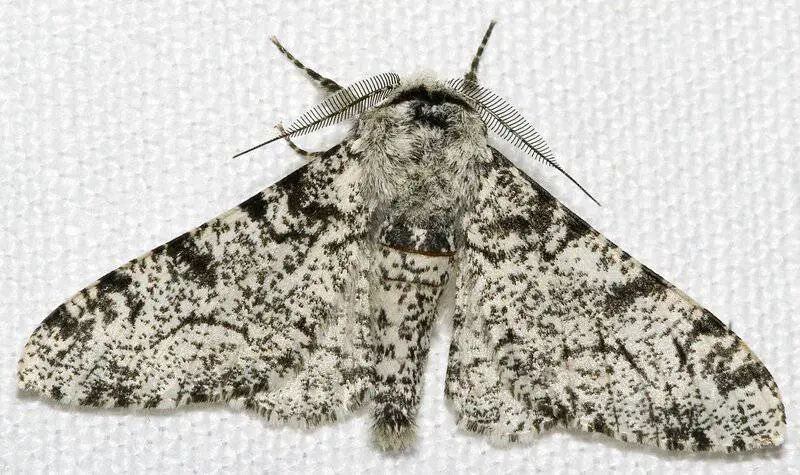
The story of the peppered moth in England is a textbook case of evolution in action. During the Industrial Revolution, pollution darkened tree bark, and moths with darker coloring survived better, quickly becoming the majority. As the environment later improved, lighter moths regained an advantage, causing the population to shift again. This ongoing adaptation beautifully illustrates natural selection. Read more at BBC: Peppered Moth Evolution.
5. Italian Wall Lizards on Pod Mrcaru
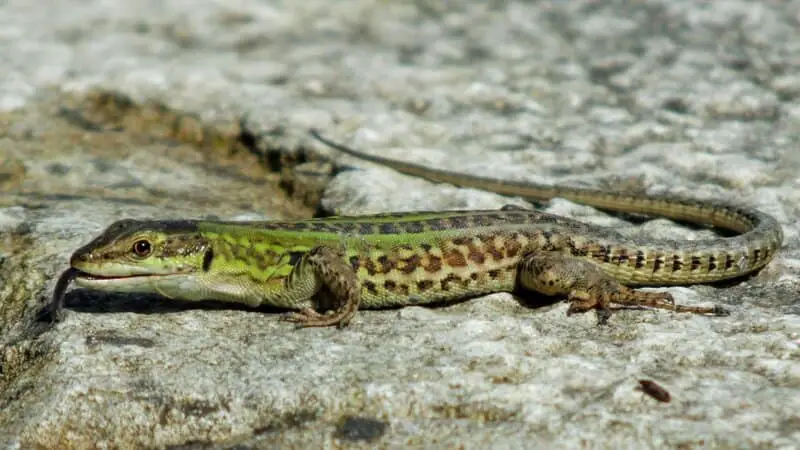
When Italian wall lizards were introduced to Pod Mrcaru, a small Adriatic island, biologists witnessed evolution unfold in just a few decades. The lizards quickly developed larger heads and new digestive features, allowing them to thrive on a plant-based diet unlike their original insect-rich fare. This remarkable adaptation is a clear example of evolutionary change on a human timescale. Discover the details in National Geographic: Rapid Lizards Evolution.
6. Cane Toads in Australia
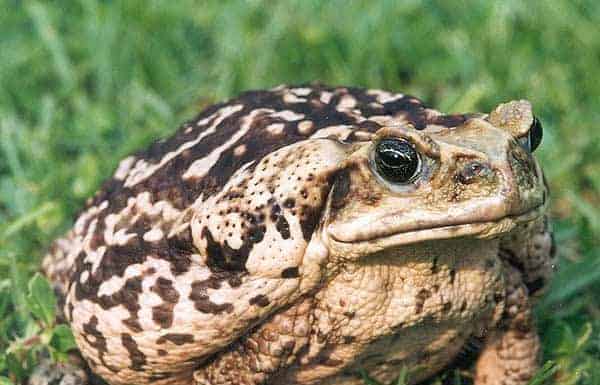
Since their introduction in 1935, cane toads have rapidly spread across Australia, providing a unique window into real-time evolution. Researchers have observed that toads at the invasion front now have noticeably longer legs, enabling them to travel faster and colonize new areas more efficiently. This physical change is a direct response to the challenges of expanding into unfamiliar environments, showcasing the power of evolutionary adaptation. Learn more at Nature: Rapid Evolution in Cane Toads.
7. Urban Evolution in White-Footed Mice
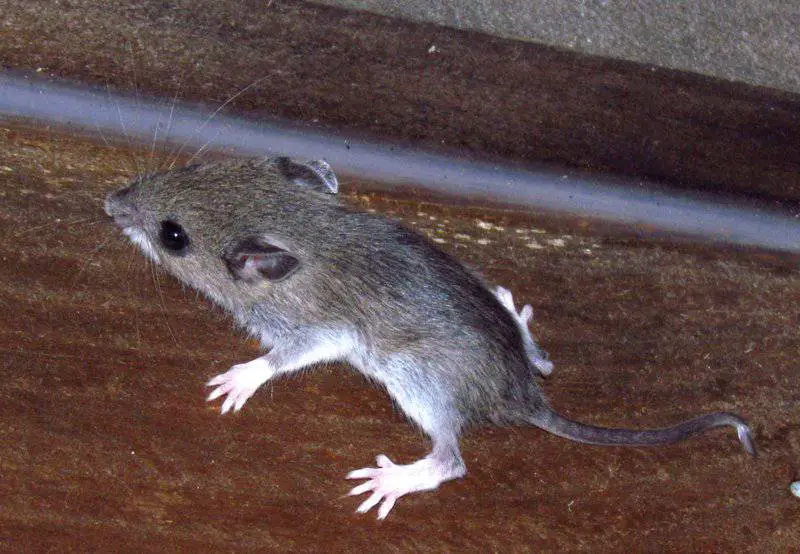
In the heart of New York City, white-footed mice have evolved unique genetic traits, setting them apart from their rural relatives. These adaptations help them cope with the challenges of urban life—fragmented habitats, pollution, and scarce resources. The ongoing evolution of these city mice highlights how urban environments can rapidly shape the genetic landscape of wildlife. Explore more in Science: Urban Evolution in Mice.
8. Bedbug Insecticide Resistance

Bedbugs have become notorious for their ability to swiftly develop resistance to common insecticides. As a result, controlling infestations in homes and hotels has become a growing challenge for pest management professionals. This ongoing evolutionary arms race is closely monitored in cities around the globe, prompting scientists to search for new solutions. For more on this topic, visit Smithsonian: Bedbugs and Resistance.
9. Cichlid Fish in African Lakes
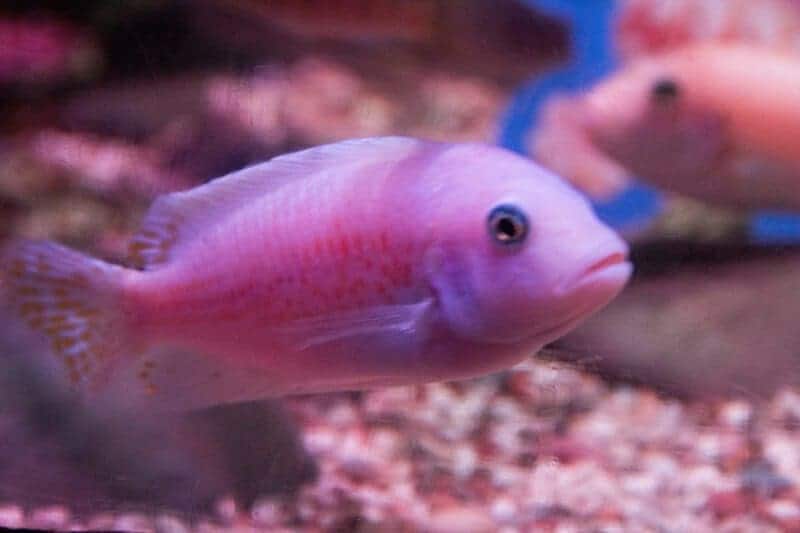
In the vibrant waters of Lake Victoria and other African lakes, cichlid fish have undergone a remarkable evolutionary explosion. Hundreds of distinct species have emerged in just a few thousand years, with scientists even witnessing the formation of new species—known as sympatric speciation—within a single human lifetime. This rapid diversification provides a living laboratory for understanding how new species evolve in real time. Discover more at Nature: Cichlid Speciation.
10. Changes in HIV within Hosts

Within each infected individual, HIV evolves at a staggering pace. The virus mutates rapidly to escape the body’s immune defenses and develop resistance to antiviral drugs, making treatment a constant challenge. Doctors and researchers monitor this microevolution closely in clinical settings, adjusting therapies as the virus changes. This real-time adaptation highlights evolution’s role in shaping disease and treatment. Read further at NIH: HIV Evolution.
11. Stickleback Fish Adaptation
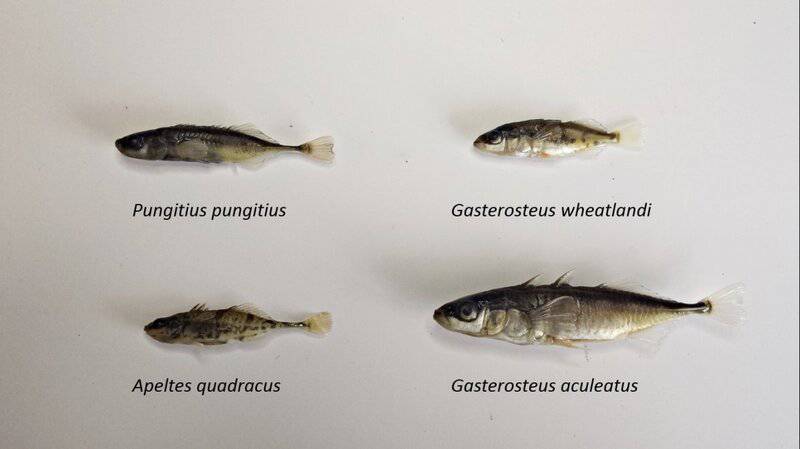
Stickleback fish are a prime example of evolution in action. When these fish colonize new freshwater habitats, they quickly adapt by evolving different body shapes and armor plating. Researchers have even pinpointed the specific genes responsible, revealing predictable patterns of natural selection at work. This makes sticklebacks a favorite subject for studying how evolution unfolds in nature. Learn more at Science: Stickleback Evolution.
12. Evolution of Mosquitoes in London Underground

Deep beneath London, a unique mosquito species has evolved in the Underground transit system. These subterranean mosquitoes are genetically and behaviorally distinct from their above-ground relatives, having adapted to their isolated, human-made environment. This rapid divergence is a vivid example of how new environments can drive the evolution of entirely new species. Read more at BBC: London Underground Mosquito.
13. Rapid Evolution in Soapberry Bugs
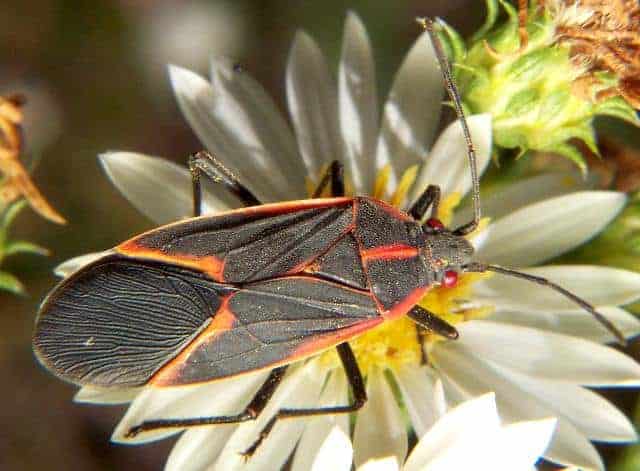
Soapberry bugs in the United States have demonstrated evolution in strikingly short timeframes. After the introduction of new host plants, these bugs evolved shorter beaks to better access their food—an adaptation documented within just a few decades. This rapid change is now a classic example in evolutionary biology and is widely cited in research and textbooks. For details, visit National Geographic: Soapberry Bugs.
14. Tibetans’ High-Altitude Adaptation

Among the world’s most striking examples of human evolution, Tibetans have developed genetic traits that help them thrive in the low-oxygen environment of the Himalayas. Unique hemoglobin variants allow for efficient oxygen transport, a vital adaptation for life at high altitudes. Studies indicate these genetic changes emerged in under 3,000 years—remarkably rapid for human evolution. This adaptation sheds light on how our species can evolve to meet extreme environmental challenges. For more, see Nature: Tibetan High-Altitude Adaptation.
15. Evolution of Elephant Tusklessness

In regions plagued by intense poaching, African elephants are evolving a surprising trait: tusklessness. Individuals born without tusks are less likely to be hunted, allowing them to survive and pass on this genetic trait. This striking example of natural selection has led to a noticeable increase in tuskless elephants in several national parks, reshaping entire populations in just a few generations. Read more at National Geographic: Elephant Tusklessness.
Conclusion
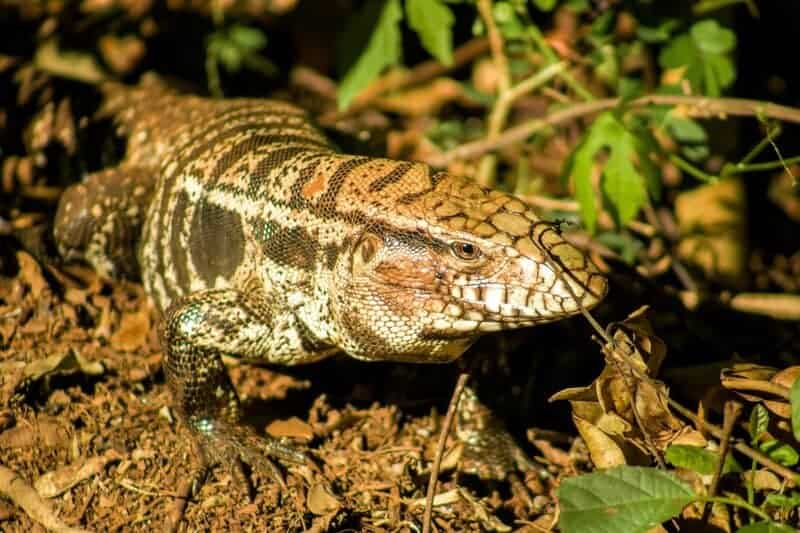
These 15 remarkable examples demonstrate that evolution is not just a relic of the past but a continuous force shaping life today. From bustling cities to remote wilderness, adaptation and survival are unfolding before our eyes, impacting everything from public health to biodiversity.By closely monitoring these evolutionary changes, scientists can better protect ecosystems, improve medical treatments, and deepen our understanding of life’s resilience. As our world rapidly changes, staying informed about evolution’s ongoing story is more important than ever.
.article-content-img img { width: 100% }

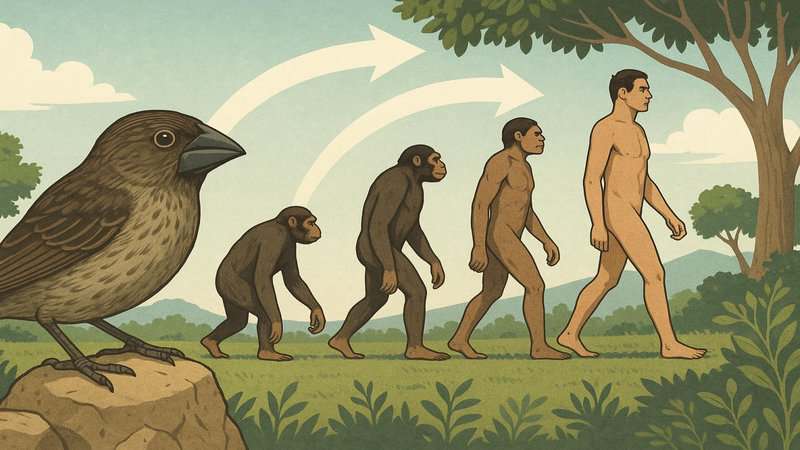

Vielleicht interessiert es Sie:
Was ist Herpetologie? Wie wird man Herpetologe?
Wussten Sie! Minensuchratten auf dem Schlachtfeld und sie sind super effektiv!
Wie viele Giraffenarten gibt es? Leben sie alle in Afrika?
Der Vogel ist das Weibchen der Vögel: wahr oder falsch?
Warum bauen Biber Dämme? Welchen Nutzen?
Warum leben manche Tiere nachtaktiv? Welche Vorteile?
Küssen Tiere? Ist das die gleiche Bedeutung wie Menschen?
200+ Hilarious Seahorse Jokes That Will Make You Smile and Giggle